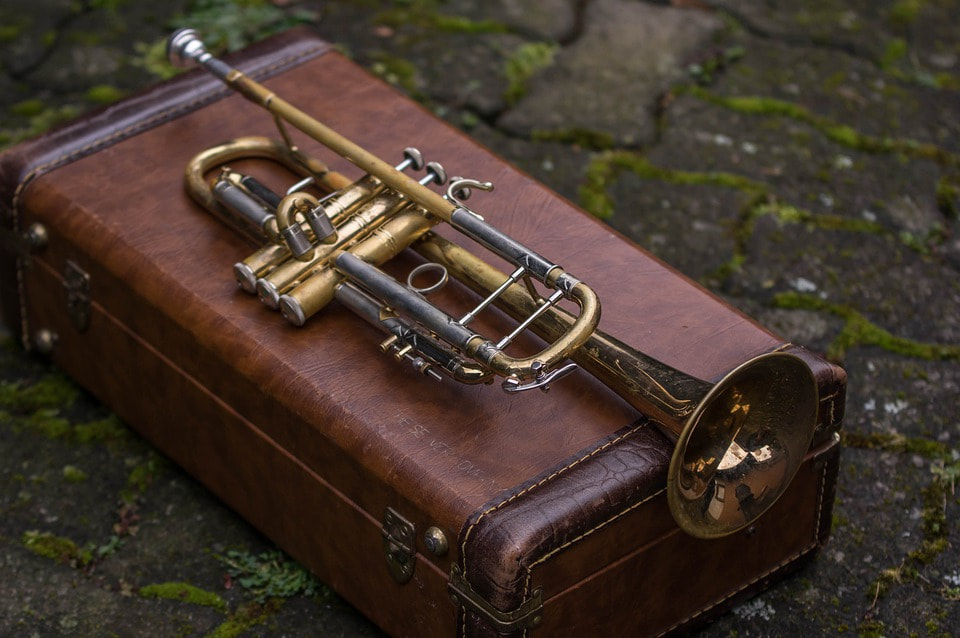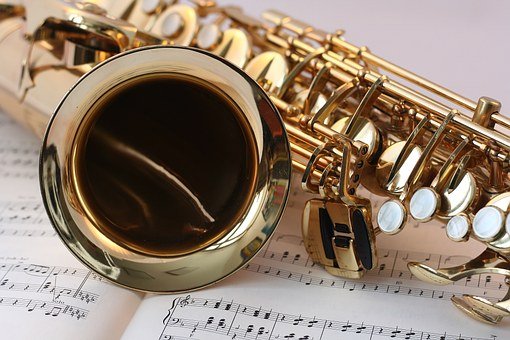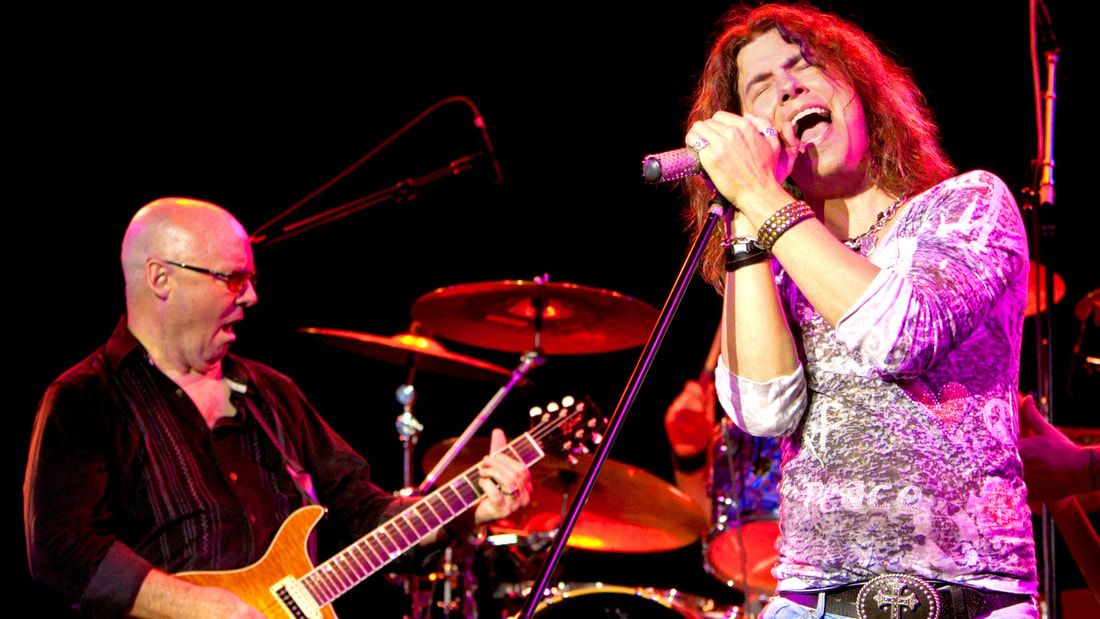The name comes from the material most instruments from this family are made of - brass!
These instruments are also called labrosones. The etymology of the word comes from Greek and Latin, and means “lip” and “sound”.
Brass instruments are made of very long pipes, that are twisted and curved into different shapes so that they can be played more easily. Brass players use their breath to produce sound and vibrate their lips against a metal mouthpiece. They are known for being able to play louder than anybody else in the orchestra. Here are some of the most popular instruments from this family:
Tuba
Tuba is sometimes called the “grandfather” of the family. It is definitely the largest of all brass, and with the lowest pitch. There are many different types of tuba and tuba groups. Looking at the comprehensive article at musicalhow.com/different-types-of-tuba/, bass, contrabass, euphonium, and Wagner tuba are all listed as various types of the tuba. There is generally only one tuba in a classical orchestra, but there can be more of them in bands.
Trumpet
It’s the smallest and plays the highest pitches. The trumpet sounds vibrant and bright. It is used in both jazz music and classical.
French Horn
It really comes from France and can produce a variety of sound ranges. It can play very soft but also very harsh. In an orchestra, there can be 2-8 french horns and they play both melody and rhythm. While being a part of the brass family it’s also a part of a woodwind quintet.
Trombone
The difference between a trombone and other brass instruments is that it’s the only one that uses a slide to change pitch. There are usually three trombones in a classical orchestra (one of them is sometimes a bass trombone), but it’s very often used in jazz and pop.
Woodwind
The instruments of this family all used to be made of wood, and that’s where the name came from. Today they are mostly made of wood, except for modern flute and saxophone. They are narrow pipes with holes, a mouthpiece on top, and an opened bottom. The mouthpiece is called a reed and it vibrates when you blow the air. The types of reeds are a double reed (for oboe and bassoon), or a single reed (for clarinet and saxophone). Flutes are the only ones that don’t have a reed. Here is a list of the most popular woodwind instruments:
Flute
The flute is one of the oldest instruments and it has been made of many materials throughout history. Modern flutes are not made of wood but of metals, such as silver, gold, or platinum. It doesn’t have a reed and it is played by blowing across a hole in the mouthpiece. There are often three flutes in the orchestra, including the piccolo (a type of flute with a very high pitch), and up to 15 flutes in a band.
Oboe
The sound of the oboe is very memorable. It can produce warm, smooth, pastoral notes, or darker, haunting melodies. It is a double-reed instrument and if you are an oboist make sure you learn how to make your own reeds. That will make you a true professional (the same goes for a bassoon). English horn is an instrument played in the same manner, but with a lower pitch and darker sound.
Clarinet
Clarinets come in different sizes, but B-clarinet, A-clarinet, Es-clarinet, and bass-clarinet are used most often. It sounds dark and rich in the low register, but bright in a high register.
Bassoon
The bassoon is a long pipe made of wood. If you wanted to straighten it, it would be 9 feet long. They play low harmonies and melodies. Contrabassoon is even larger and lower in pitch.
Saxophone
Saxophones belong to woodwinds, but they are made of brass. It is used in classical music, but even more in jazz, marching bands, rock, and popular music.











